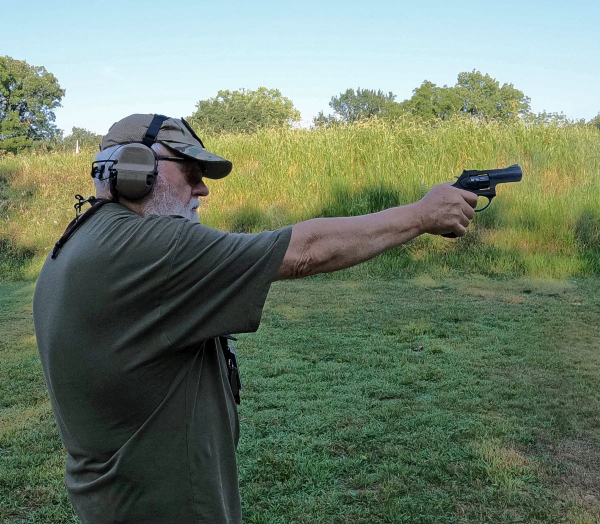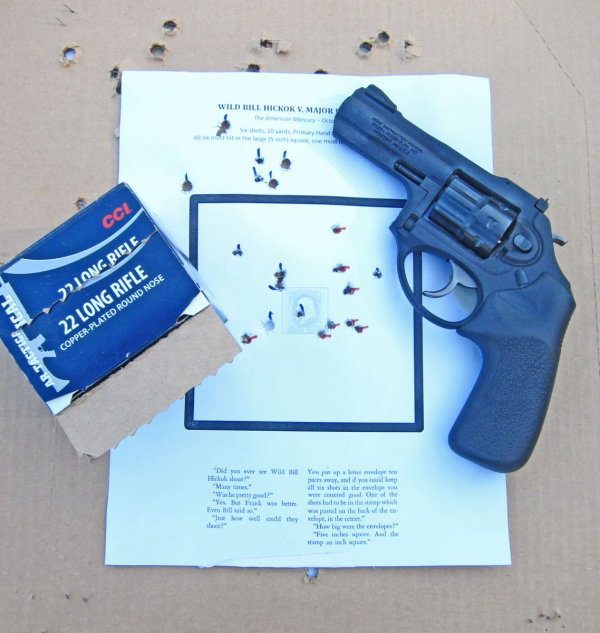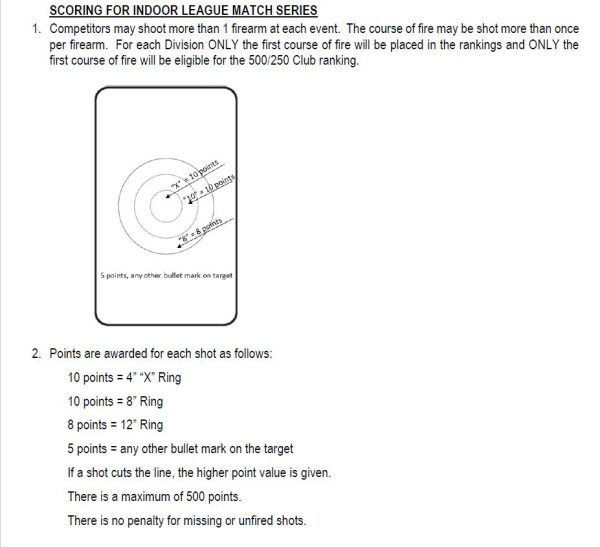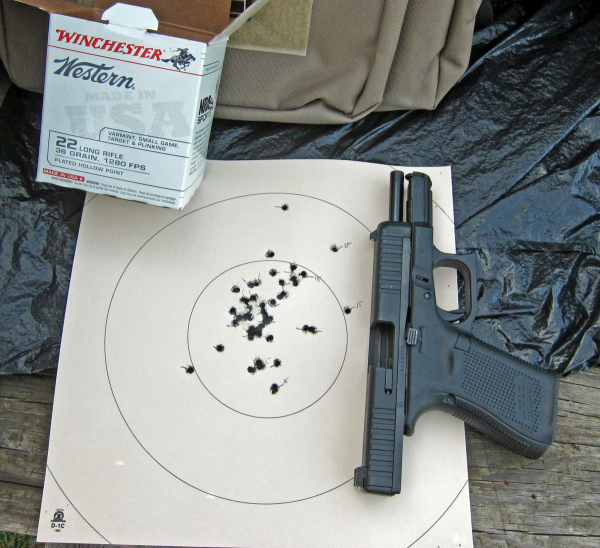When you hear of gallery guns or a “shooting gallery” (unless you’re a narcotics officer from the 19th-early 20th Century), you think of light calibers, indoor shooting or a carnival shooting tent.
Especially during the brutality of summer heat and humidity, I try to get the most value from a range session – whether it’s product assessments for the wires or simply working on my skills. Hitting the range early helps. Shooting something that’s pleasing also helps, putting the hard work in on precision. Often this includes carrying a rimfire handgun or rifle to work on absolute fundamentals.

On one trip, I’d finished assessment of some centerfire handguns and sought to decompress. I used a one-hand precision drill, found at Claude Werner’s Tactical Professor site, the “Wild Bill Hickok v. Major Frank North” envelope drill. It involves a five-inch square (like ancient envelopes) with a one-inch square icon representing a postage stamp. Shooting one-handed, you fire six shots. The gun I used held only five rounds, so I shot the capacity of the gun. All hits have to be inside the 5” square and one has to strike the “stamp.” The target is available as a PDF on the website at the link.
Shooting a two-inch 38 snub, I was really going to prove myself.
No joy. I assumed that hitting the relatively generous 10-rings on some BT-5 targets at a closer distance meant striking the “envelope” at “ten paces” – as noted on the target, I selected 10 yards. Most people stretch their step when pacing distances.
After the first four hits went onto the paper over the “envelope” square, I held low enough to hit the square, but not the stamp.
This drill is 100% accountability, zero misses. So sorry, so sad.

Shooting CCI-“AR Tactical” 22 LR ammunition from a 3” Ruger LCRx, I defaulted to shooting the capacity of the gun – 8 rounds – at 10 yards. Shooting single action – an option not available with the snub – I had seven hits in the square, one centering the stamp, and one out of the square.
Rats.
Doing a remedial run – left-handed, unsupported – I had eight hits in the square with two rounds nibbling the edge of the stamp, low right. One was a nick in the line, the other had half of the bullet hole inside the line.
That was a pass. I guess I know where I am with that.
Going from strong hand unsupported to weak hand unsupported was meant to increase the difficulty and zero-out the ‘training effect’ of having shot the course before.

One another trip, as I’d gotten a supply of D-1C targets -- NRA D-1 repair centers -- I thought I’d try the GSSF Indoor League course using the GLOCK 44.
The course of fire is a pair of five shot strings, one at 21 feet and one at 50 feet, each fired in 15 seconds. That’s followed by a 10-shot 15-shot string at fifteen feet. Change targets (I didn’t, I’m cheap), then it’s ten round/fifteen-second strings from 25 feet and fifty feet. You finish with ten-rounds from 75 feet in 30 seconds.

That’s essentially what I shot with the box-stock GLOCK 44 pistol. I used bulk packed Winchester/ Western 36 grain plated HP ammo – and had one failure to fire in fifty rounds.
All starts are from low-ready and I timed each string. As it was my first rodeo of this type, I went over time on three rounds – one with the stoppage. That costs fifteen points per round (each of which is potentially only worth ten points dead center). Lost time is costly.

So, my clean target (inside the 8” ring) was worth 455/500, not a noteworthy performance. 45 hits were in the “X” ring.
The bottom line is that I learned something from each of these gallery courses. I got some significant one-hand shooting work in – there’s never enough of that – and worked some on precision shooting with timing.
GSSF has alternative courses of fire for their Indoor League. For example, their Course of Fire Option D, “Support and Dominant Hand” interests me. This course consists of ten-round strings shot at 9 feet, 15 feet, 21 feet, 30 feet and 50 feet, each with a par of fifteen seconds. The kicker is that the string at 15-feet is shot “support hand” unsupported (one-handed) and the 7-yard string is fired “dominant hand” unsupported.
That’s even better practice.
It’s a precision course meant for service grade pistols. Adding the one-handed stages only provides more good practice.
I think I’m shooting that one next time.
— Rich Grassi